Cinnamon McCormick: 13 Spicy Secrets Behind the World’s Sweetest Spice
If you’ve ever walked into a kitchen where cinnamon was being ground, you know that warm, sweet aroma can instantly transport you to a memory of grandma’s apple pie or a cozy winter morning. But behind this beloved spice lies a fascinating world of science, history, and culinary magic — especially when it comes to Cinnamon McCormick, one of the most popular names in the spice game.
In this article, we’ll dive deep into everything you need to know about Cinnamon McCormick, including how it differs from other types of cinnamon, its health benefits, cooking tips, and more. Whether you’re a seasoned chef or just someone who loves a good sprinkle of cinnamon on your oatmeal, this post is for you!
Table of Contents
- What Exactly Is Cinnamon McCormick?
- The Two Main Types of Cinnamon: Ceylon vs. Cassia
- Why McCormick Sticks with Cassia (Mostly)
- Nutrition & Health Benefits of Cinnamon
- How to Cook Like a Pro with Cinnamon McCormick
- Common Mistakes When Using Cinnamon
- Storing Your Cinnamon Like a Spice Master
- Cinnamon Around the World: How Different Cultures Use It
- Spice Up Your Life: Creative Uses Beyond Baking
- Frequently Asked Questions About Cinnamon McCormick
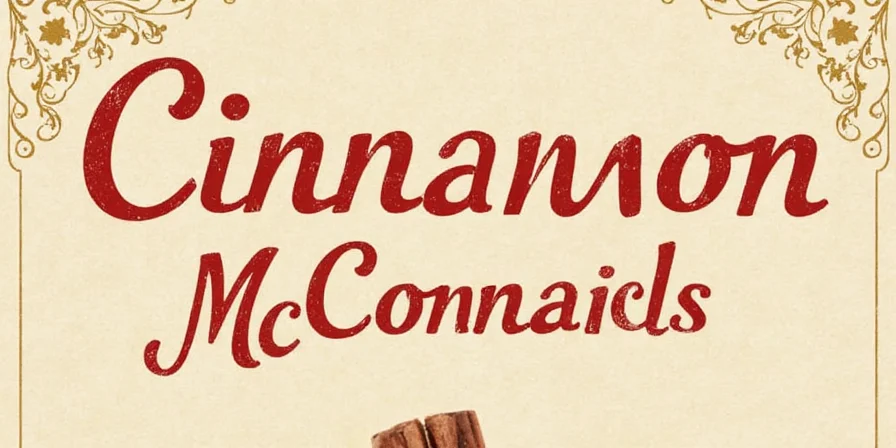
What Exactly Is Cinnamon McCormick?
The name “Cinnamon McCormick” doesn’t refer to a specific type of cinnamon but rather to the brand — McCormick & Company, a global leader in spices and seasonings. If you’ve bought cinnamon at the grocery store recently, there's a high chance it was labeled under their name.
McCormick sources its cinnamon primarily from countries like Indonesia, China, and Vietnam. While they do carry some Ceylon cinnamon (the rarer, pricier variety), most of their products are made from Cassia cinnamon — the kind you're likely already using every day.
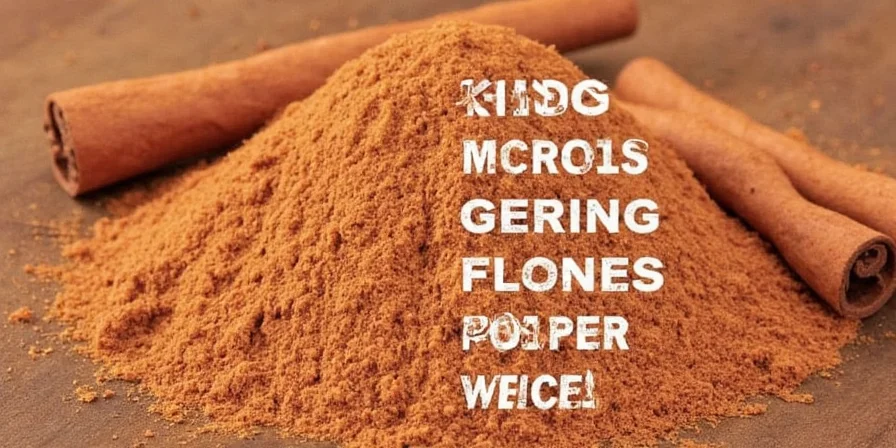
The Two Main Types of Cinnamon: Ceylon vs. Cassia
Here’s where things get interesting: not all cinnamon is created equal. In fact, there are two primary types:
- Ceylon Cinnamon – Also known as “true cinnamon,” it comes from Sri Lanka and has a lighter color and delicate flavor. Expensive and rare.
- Cassia Cinnamon – The most common type found in supermarkets, including McCormick’s regular line. Stronger flavor, darker bark, and less expensive.
| Type | Ceylon | Cassia |
|---|---|---|
| Source | Sri Lanka | Indonesia, China, Vietnam |
| Flavor | Mild, floral | Strong, spicy |
| Texture | Thin, papery bark | Thicker, rough bark |
| Coumarin Content | Very low | High |
| Price | Expensive | Affordable |
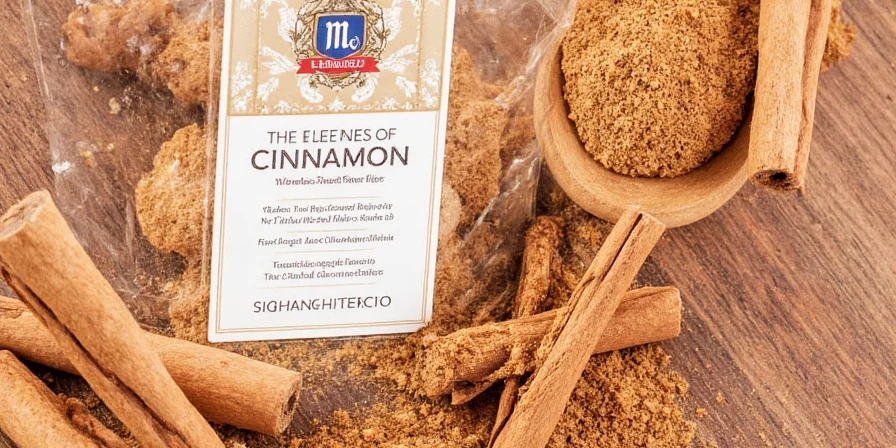
Why McCormick Sticks with Cassia (Mostly)
Let’s be real — if McCormick sold only Ceylon cinnamon, it would probably cost $15 per tiny jar. Most consumers prefer Cassia because it’s more affordable and offers a stronger, more recognizable cinnamon kick. Plus, Cassia holds up better in baking and savory dishes, making it ideal for mass-market use.
That said, McCormick does offer Ceylon cinnamon in select stores and online, often marketed as “Ceylon Ground Cinnamon” or “True Cinnamon.” Look for these if you want a smoother, less woody flavor profile.
Nutrition & Health Benefits of Cinnamon
Cinnamon isn’t just about flavor — it’s also loaded with antioxidants and may help improve insulin sensitivity, fight inflammation, and even support heart health.
- Antioxidants: Contains polyphenols that protect against oxidative damage.
- Blood Sugar Regulation: Some studies suggest cinnamon can mimic insulin activity.
- Anti-Inflammatory Properties: Helps reduce chronic inflammation linked to diseases.
- Potential Brain Boost: May protect neurons and improve cognitive function.
But caution: Cassia cinnamon contains coumarin, a compound that can be harmful in large doses. Ceylon has almost none, so if you're consuming cinnamon regularly in smoothies or supplements, consider switching to Ceylon for safety.
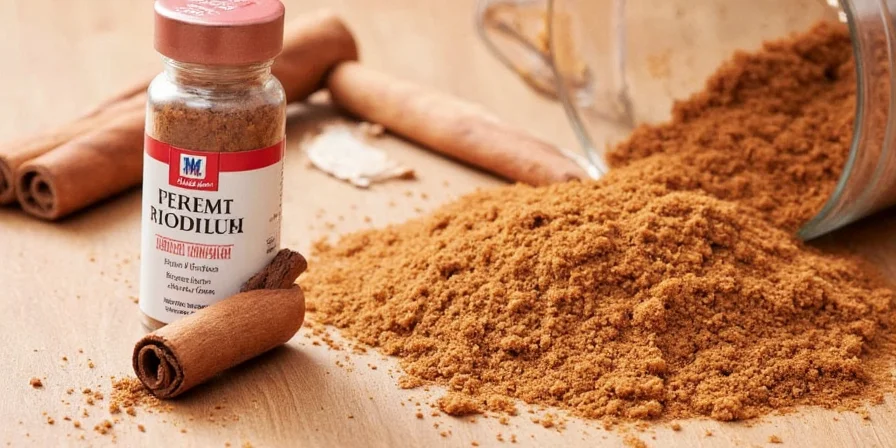
How to Cook Like a Pro with Cinnamon McCormick
Whether you're dusting a latte or spicing up a stew, here are some pro-level techniques to make the most out of McCormick cinnamon:
- Toasting Whole Sticks: Heat whole cinnamon sticks in a dry skillet for 1–2 minutes to unlock richer aromas before adding to liquids like stews or poaching fruits.
- Infusing Oils or Milks: Simmer cinnamon sticks in coconut milk, cream, or oil for homemade flavored bases perfect for desserts or curries.
- Blending with Other Spices: Combine with nutmeg, clove, ginger, or cardamom for complex warm flavor profiles.
- Layering in Baking: Don't just add it to the batter — mix it with sugar for streusel toppings or swirl into batters for marbled effect.
- Enhancing Savory Dishes: Try in chili, mole sauces, or braised meats — cinnamon adds depth and warmth without tasting overtly sweet.
Common Mistakes When Using Cinnamon
Even pros mess up sometimes. Here are some pitfalls to avoid when working with McCormick cinnamon:
- Using Old Cinnamon: Spices lose potency over time. If your cinnamon smells faint or tastes dull, it’s time to replace it.
- Overdoing It: A little goes a long way. Too much can overpower a dish and even cause bitterness.
- Confusing Ceylon with Cassia: Especially important if you're watching coumarin intake or seeking subtler flavors.
- Mixing It Too Early: In baking, wait until the final stages to add ground cinnamon to preserve its volatile oils and flavor intensity.
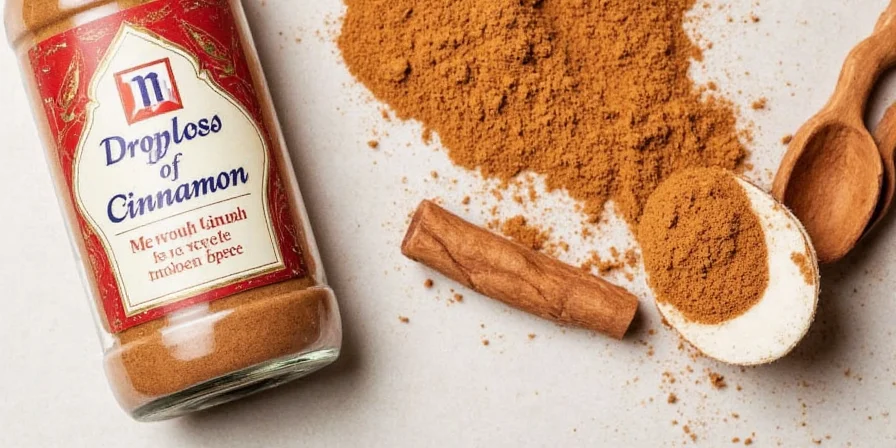
Storing Your Cinnamon Like a Spice Master
Want your cinnamon to last longer and stay fresh? Store it properly:
- Whole Sticks: Keep them in an airtight container away from light and moisture. Lasts up to 4 years.
- Ground Cinnamon: Same rules apply, but shelf life is shorter — aim for 1–2 years max.
- No Freezer Needed: Unlike herbs, cinnamon thrives at room temperature. Avoid storing near heat sources like the stove.
Cinnamon Around the World: How Different Cultures Use It
Cinnamon isn’t just for pumpkin spice lattes — cultures around the globe have been using it for centuries in wildly different ways:
- Mexico: Used in chocolate sauces like mole and hot chocolate drinks.
- Morocco: Sprinkled on lamb tagines and couscous for warmth and complexity.
- India: Common in chai blends and spice mixes like garam masala.
- Scandinavia: Mixed with sugar for “kanelbulle” (Swedish cinnamon rolls).
- Japan: Occasionally added to curry powders and tonkatsu sauce for depth.
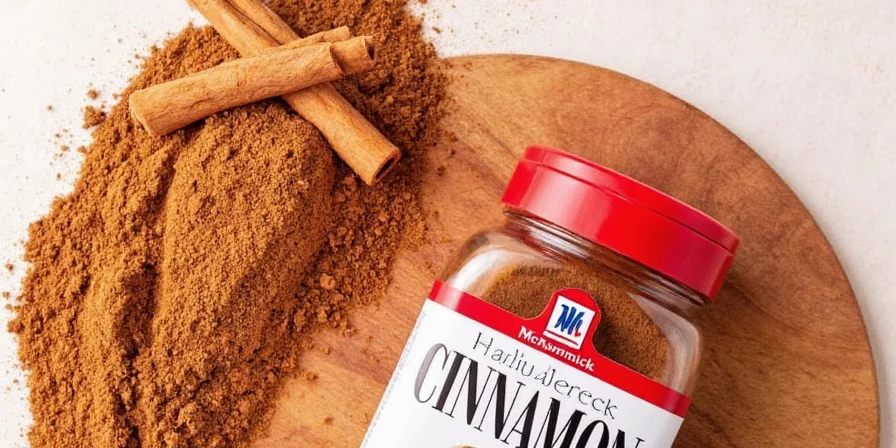
Spice Up Your Life: Creative Uses Beyond Baking
Think outside the muffin tin! Here are some fun and unexpected ways to use McCormick cinnamon:
- Homemade Cinnamon Extract: Soak sticks in vodka or glycerin for a DIY vanilla-style extract perfect for desserts and beverages.
- Spiced Coffee Stirrers: Dip wooden coffee stirrers in honey and roll in cinnamon for a fragrant, tasty twist.
- Aromatherapy Boost: Add a few drops of cinnamon essential oil (or a stick) to a diffuser during cold months for a natural mood lift.
- Cinnamon-Infused Honey: Warm honey gently with a cinnamon stick and drizzle over cheese, toast, or yogurt.
- DIY Room Spray: Mix water, alcohol, and a touch of cinnamon oil for a cozy, autumn-inspired air freshener.
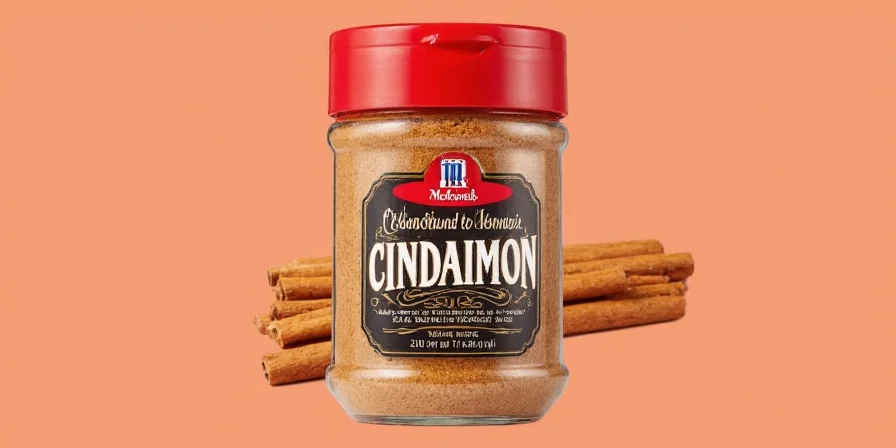
Frequently Asked Questions About Cinnamon McCormick
Got questions? We’ve got answers!
- Is McCormick cinnamon safe for daily consumption?
Yes, but if consumed in large amounts (e.g., supplements or daily smoothie boosts), opt for Ceylon to avoid coumarin concerns. - Can I substitute Ceylon for Cassia in recipes?
Absolutely! Just note the milder flavor and adjust accordingly. - Does McCormick cinnamon contain additives?
Nope — McCormick ground cinnamon is 100% pure. Always check labels, though. - Why does my cinnamon taste bitter?
You might be using old cinnamon or too much. Start with small amounts and store properly. - Are McCormick cinnamon sticks edible?
Technically yes, but they’re tough and usually removed before serving. They’re best used for infusing flavor.
Conclusion
So whether you call it Ceylon, Cassia, or just grab the familiar yellow bottle from McCormick, one thing is clear — cinnamon is more than just a pantry staple. It’s a spice with a rich history, surprising versatility, and a range of benefits that go beyond flavor alone.
From mastering the difference between types to unlocking new ways to cook, store, and enjoy it, understanding Cinnamon McCormick gives you the power to elevate your meals and experiment with confidence. So next time you reach for that shaker, remember: you’re holding a piece of ancient spice lore, ready to bring warmth and wonder to your kitchen.
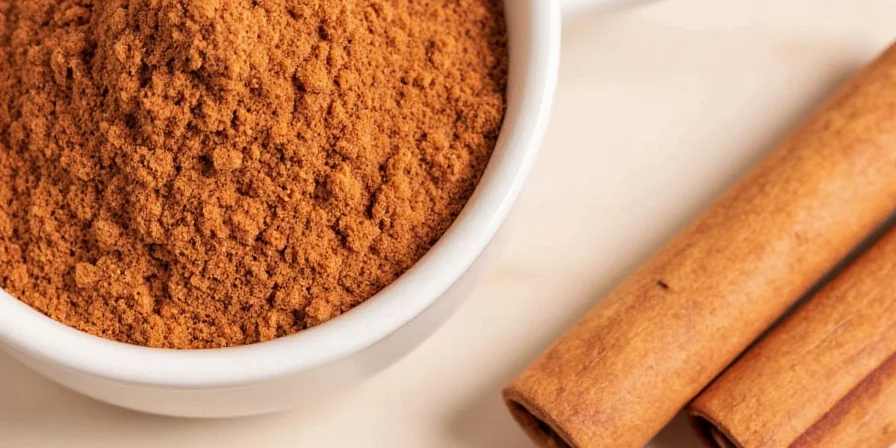
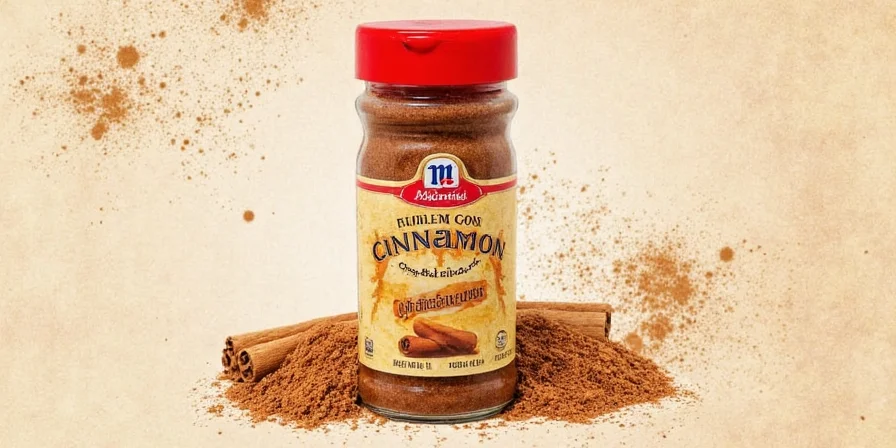

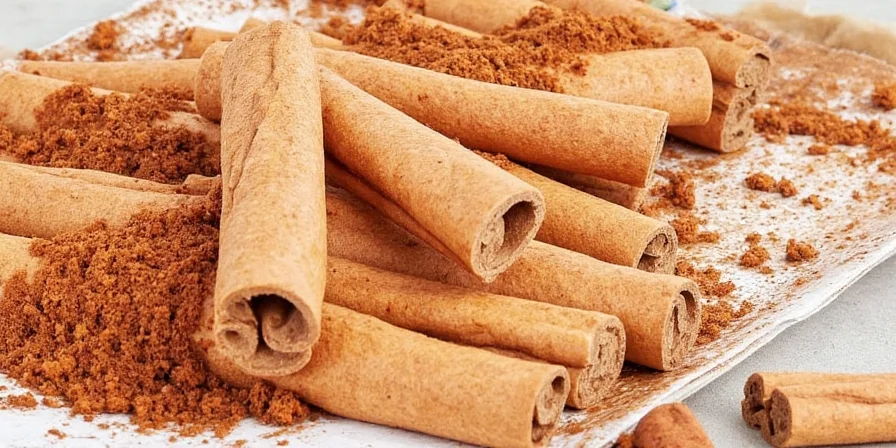









 浙公网安备
33010002000092号
浙公网安备
33010002000092号 浙B2-20120091-4
浙B2-20120091-4